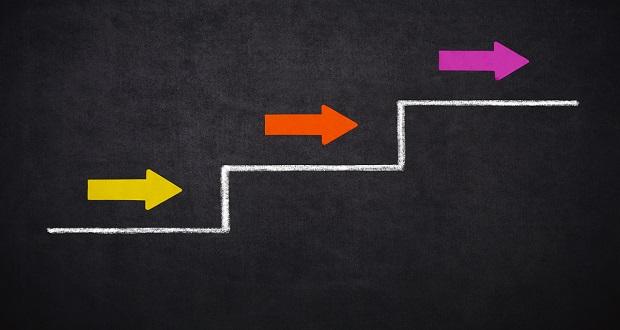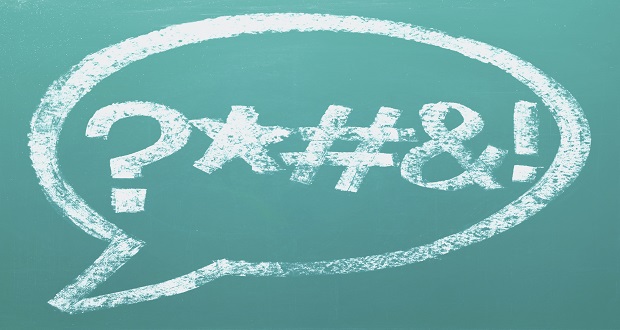
**Before getting into this week’s post, we want to explain our title choice for this series. We recognize that it is not grammatically correct, and we wanted to share why we made the intentional choice to use it. “There’s levels to this” comes from rapper Meek Mill’s song “Levels,” and has generally become a popular phrase in black, urban culture to denote the complexity of a situation or idea. In talking about systems, we want to honor the complexity of the topic, and we also wanted to do it in a way that celebrates a cultural understanding of that complexity, one that often stems from marginalized cultures for whom inequity is more prevalent, obvious, and consequential.
At The Winters Group, we have recently been more intentional about creating content that addresses issues at the intersection of D&I and social justice (an intersection that we’ve covered here). We’ve been addressing broad topics like social identity groups, power, privilege, intersectionality, and systemic injustice, and we’ve created content around specific movements, like the #MeToo movement. We have also seen the shift in the D&I field of taking a step beyond inclusion and naming the goal of this work, ultimately, as equity. While these concepts have always been an underlying reality in the work of cultural competence, the demand to “get woke” and “stay woke” in light of our current sociopolitical climate demands that we begin to address these topics more directly and with a greater sense of urgency.
This short series will focus on cultivating the base knowledge for having conversations around equity, identity, privilege and power. This base knowledge is the knowledge of systems – there’s levels to this.
Understanding systems is foundational to addressing the topic of equity because inequity manifests interpersonally, at the group level, and at the institutional level. In order to address it, we have to create solutions that address these multiple levels. How do we make sure that we are aren’t living, as Travis Jones says in this week’s A Point of View, in “a world of bad systems full of ‘good people’”?
Below is a short description of each of the levels that we will address in this series:
- Interpersonal: The interpersonal level of systemic inequity encompasses our biases, perceptions, personality, and cultural competency. Our level of cultural competence and the extent to which we are aware of our biases influence our ability to navigate group dynamics and understand institutional structures.
- Group: The group level of systemic inequity encompasses our identity group membership and the privilege and power we experience is based on these group memberships. Privilege and power affect the way the world sees us and the way we see the world. Our dominant or non-dominant group status either illuminates institutional inequity or shields us from it.
- Institutional: The Institutional level of systemic inequity encompasses the norms and -isms that shape our realities – some covert, some overt. Our ability to cultivate change and create sustainable paths towards transformation depends on our commitment to addressing these institutional inequities, as they are embedded in the very foundation of our society.
We will take a deeper dive into each of these levels in this series in order to break down what systems thinking is and how we can use it to create action steps that move us beyond inclusion and towards equity.


















